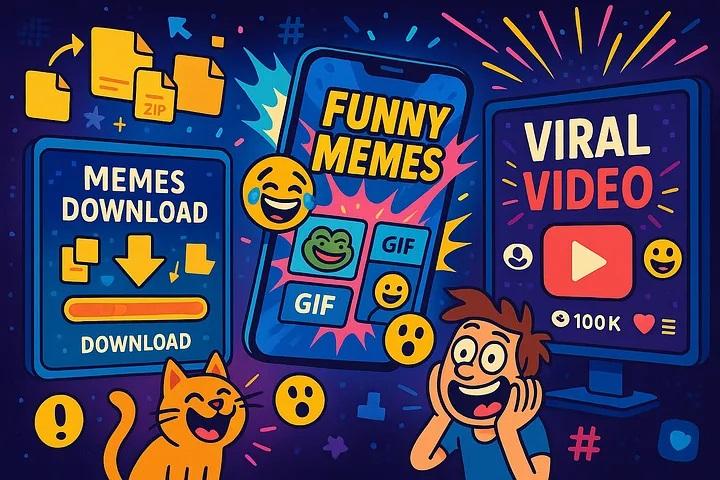The Phenomenon of a Viral Video
In the age of the internet, few things hold more power than a viral video. Whether it's a funny animal clip, a heartwarming reunion, a shocking moment caught on camera, or a dance trend sweeping TikTok, viral videos have the ability to spread rapidly across platforms and captivate audiences worldwide.
But what exactly is a viral video? Simply put, it’s a video that gains massive popularity in a short amount of time, usually through shares, likes, and reposts on social media platforms like YouTube, Facebook, Instagram, Twitter, and TikTok. The spread is often organic, driven by user interest and engagement rather than paid promotions.
What Makes a Video Go Viral?
There’s no one-size-fits-all formula for creating a viral video, but there are a few common elements many of them share:
-
Emotional Appeal: Videos that evoke strong emotions—whether laughter, surprise, anger, or joy—are more likely to be shared. Emotion connects people, and a powerful reaction can make viewers hit the “share” button instantly.
-
Relatable Content: If a video taps into everyday experiences or shared feelings, it’s more likely to resonate. People enjoy content that mirrors their own lives or thoughts.
-
Short and Engaging: In a world of shrinking attention spans, shorter videos with immediate impact perform better. The first few seconds are crucial in grabbing viewers’ attention.
-
Humor and Creativity: Funny, clever, or uniquely creative videos often strike a chord. Unexpected twists or original ideas can make a video stand out in a crowded content feed.
-
Trending Topics or Challenges: Participating in viral challenges or referencing current events can boost a video’s reach, especially if the creator adds a unique twist to it.
Impact of a Viral Video
The effects of a viral video can be significant—sometimes life-changing. For individuals, it can launch an unknown person into instant fame. Take, for example, the "Chewbacca Mom" video or Nathan Apodaca’s skateboarding TikTok to Fleetwood Mac's “Dreams.” These seemingly simple clips turned their creators into internet celebrities overnight.
For businesses and brands, a viral video can be a marketing goldmine. A single successful campaign can generate massive exposure and brand loyalty. Think of Old Spice’s “The Man Your Man Could Smell Like” or Dollar Shave Club’s launch video—both of which became viral hits and drastically boosted their brands.
On a societal level, viral videos can influence culture, spark conversations, and even initiate change. Videos documenting social injustices, like police brutality or environmental issues, often lead to public outcry, media coverage, and even policy reforms.
Challenges and Downsides
While the rewards of virality are tempting, there are also challenges. Viral fame can be overwhelming, and not everyone is prepared for the sudden attention. Privacy concerns, online harassment, and pressure to maintain relevance can take a toll on creators.
Moreover, virality isn’t always positive. Some videos go viral for the wrong reasons—embarrassing moments, insensitive remarks, or controversial behavior. In such cases, the internet’s unforgiving memory can lead to public backlash, job losses, or reputational damage.
Conclusion
The rise of the viral video has transformed how we consume and share content. From lighthearted entertainment to serious social issues, these videos reflect what captivates and concerns us as a society. Whether you're a content creator, marketer, or simply a curious viewer, understanding the power of a viral video is essential in today’s digital world. With the right mix of emotion, creativity, and timing, one short clip can truly make a lasting impact.



